When GM introduced the Duramax diesel in 2001, they grabbed the light truck world by the horns as they were the first to offer common rail injection in a diesel. At the time, GM had a couple automatic transmissions in its arsenal which could cope with the torque of a small or big block gas V8, but nothing that would be a match for the 500 pounds of torque the LB7 was initially rated for, much less the increases in torque which would inevitably come. The closest candidate at the time would’ve been the 4l80e, but it had only a torque rating of 440ft.lbs. and was intended for vehicles with a GVWR up to 8,000 pounds. The Duramax powered HD could easily exceed the input rating and GVWR of the 4l80e, so GM needed something a little stronger. Rather than spending countless dollars on R&D developing a new transmission of their own, they called in the air support.
Allison has been around since 1909 making everything from aircraft engines to hybrid propulsion systems, and of course automatic transmissions. Since they were longtime partners, GM teamed up with Allison once again and adapted an existing transmission, the A1000, for use in pickup trucks. The 5-speed automatic was normally found in vehicles like small buses and box trucks, and its heavy-duty design made it perfect for use in a pickup working on the job site, pushing a snow plow, or just hauling a travel trailer across the country. As long as you kept up with the fluid and filter maintenance schedule, the Allison transmission could go many miles without a hitch. But as strong as the Allison was at first, there is always room for improvement, and if you’re into performance trucks, the question you’ll naturally be asking is just how much power can a stock Allison take before you need to add some hard parts?
5-Speed: +100hp
The first version of the Allison had five forward gears and was used from 2001 and 2005 behind the LB7 and LLY Duramax. It was unique at the time since it was the first all-electronic clutch to clutch automatic transmission to be used by any of the big three. Because of its commercial heritage, the A1000 is a very large transmission, and everything inside is scaled up compared to its light duty cousins. As such, there is some “head room” in terms of power capacity. As long as there is no excessive wear inside from high miles or neglect, a good 5-speed Allison can hold about 100 more horsepower than stock. While that does sound like a lot at first, just consider a custom tune can easily add more than 130 horsepower, getting you well into the danger zone. Of course the exact point of failure depends on how you use the truck and how big of a trailer you put on the back, but the silver lining to an Allison is when you do exceed its power capability, it’s not going to explode and puke its guts on the side of the road, since there are some safeguards built into the calibration. Because the transmission uses an input and output speed sensor, it has the ability to monitor slippage. If any is detected, it will reduce engine power and throw a check engine light with a DTC code which says something about “incorrect gear ratio”. All you need to do is turn off the truck and reset the code to get out of “limp-home” mode and you’ll be back on the road, but when this happens, it’s a good indication you need to turn down the power and start thinking about ways to strengthen the transmission.
For a 5-speed, the good news is you can install an inexpensive shift kit into the transmission which will modify the hydraulic circuits and improve shift quality and increase the holding power to somewhere around 500 horsepower. The kit comes in at just under $300, but the bad news is since you need to modify the C2 piston and return spring assembly, the whole transmission has to come out of the truck and about half of it needs to be disassembled.
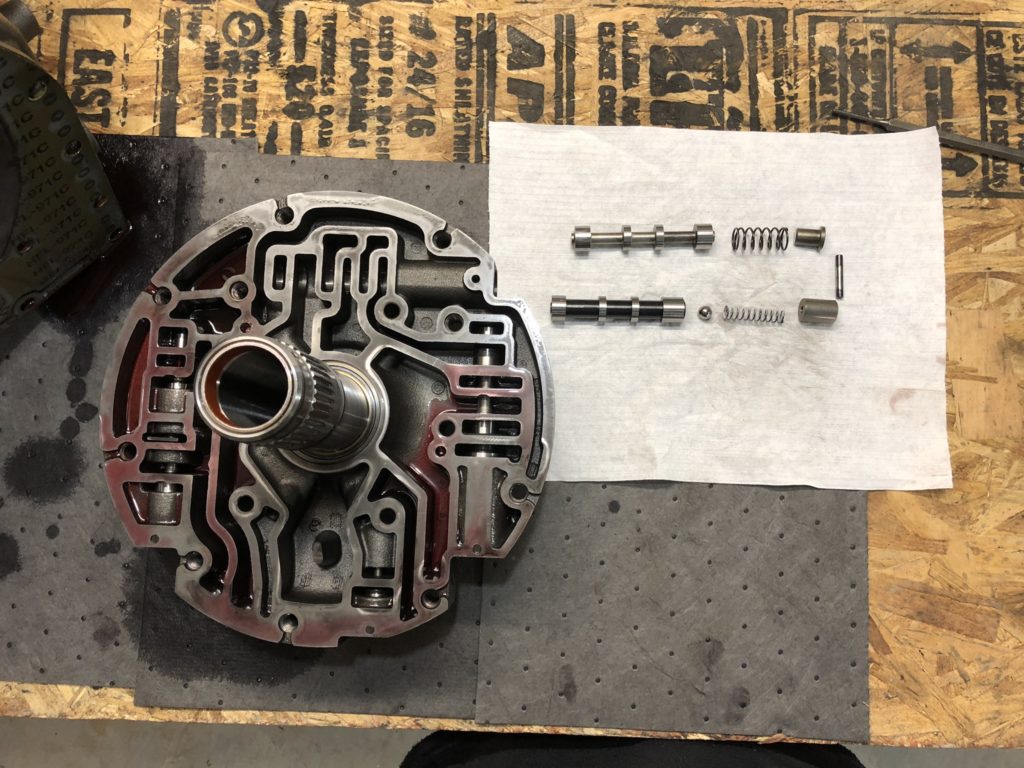
This is where you have to make a decision, because a shift kit will only prevent slippage from occurring but won’t repair damage from clutch discs that have already been slipped and worn down. It doesn’t make sense to go through the effort to remove and disassemble the transmission just to install a shift kit without touching the clutches, so most owners will just ignore the occasional slip on a five speed at first. By waiting until you are ready to spend a few more dollars and get a fully built transmissions, you can save the labor cost of R&R’ing a second time.
6-Speed +130hp
In 2006 when the LBZ Duramax was introduced, there were a few slight changes inside the transmission which helped it hold more power, since the newest version of the Duramax was now rated at 360 horsepower and 650 pounds of torque. That was all great news, but the biggest change was the extra forward gear, and as it turns out, it wasn’t an all new transmission. Rather, with some clever re-vamping of the valvebody and tuning, the existing clutches could be reconfigured to enable a 6th gear with an overdriven ratio of 0.614:1, while 1st through 5th gears used exactly the same ratios as before. The extra gear allowed the engine to operate at a lower speed when cruising down the highway, and the other slight changes allow the six speed to hold about 450-whp in stock trim. Just like the five speed before it, the six speed would let you know when its had enough with the telltale limp mode and check engine light, but unlike the earlier model, you can now install a shift kit without removing the whole transmission. The six-speed shift kit only costs 125 bucks and is one of the best budget mods you can do to an Allison. It consists of new “A” and “B” trim valves which reside inside the valve body, so all you have to do is drain the fluid and remove the pan, unbolt the valve body, and you can install the new parts. If this is your first time inside a valvebody, just take your time! There are plenty of small parts which can get lost, but it’s a worthwhile upgrade to tackle on your own.
Full Build: 750HP or Less
To push an Allison beyond the 500hp mark, it’s time to make a commitment to a full rebuild and address the holding power of the stock clutches. While a shift kit takes care of the hydraulics, the biggest improvements come from adding additional clutches with a grippier friction material. While this does require the transmission to be removed from the truck and get completely torn down, the good news is if you are confident with your transmission skills, a Stage 4 rebuild kit from PPE will only set you back about $2,000, and when done, you’ll have an Allison which will hold up to about 650 horsepower at the wheels. Of course, it comes with the usual wear items like frictions and steels and modified apply pistons which allow additional clutches to be fitted, but it also comes with a triple disc torque converter and a few extra hydraulic goodies: first is a shim which adjusts the pressure regulator spring in the pump to add a few more PSI of line pressure, and second is a converter flow valve. Normally in an Allison automatic, when the TCC is applied, the main line pressure is reduced by half to save wear and tear, but this greatly limits clutch holding power and makes it much easier to limp the trans. By swapping out the converter flow (or “knockdown”) valve, full line pressure is maintained even when the TCC is applied.
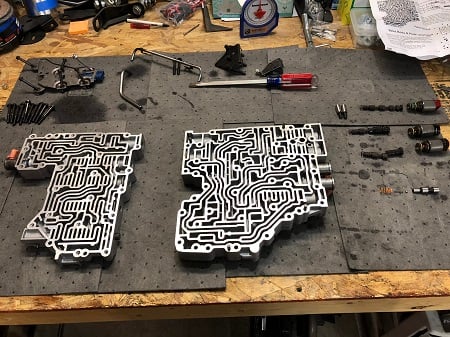
For those who prefer to not go inside an A1000 or spec a parts list on their own, crate transmission are a great option, and are available from companies like ATS, who offers six different stages of Allison from mild to wild, and they’ll have all the upgrades we mentioned plus a few more already in place. They come tested, with a warranty, and are ready to bolt behind your Duramax, saving you the hassle of building your own transmission or waiting on a local shop to do the job.
Full Send: 1,000HP or More
For an Allison build of this caliber, the parts list will look similar to a lower power rebuild, but with slight tweaks. Usually the friction material of the clutches is substituted for a grippier compound and line pressure is raised a bit more, but the biggest change is the need for a full set of billet shafts to prevent twisting and snapping of the stock parts. A rebuild kit like the PPE Stage Five kit is good for 1,500hp and will get you started with all the right clutches and even comes with a torque converter, but to make sure you don’t nuke your stock shafts and cause a chain reaction of destruction, you’ll need to check out TCS and grab a billet input shaft, intermediate shaft, and output shaft, as well as a billet C2 clutch hub.
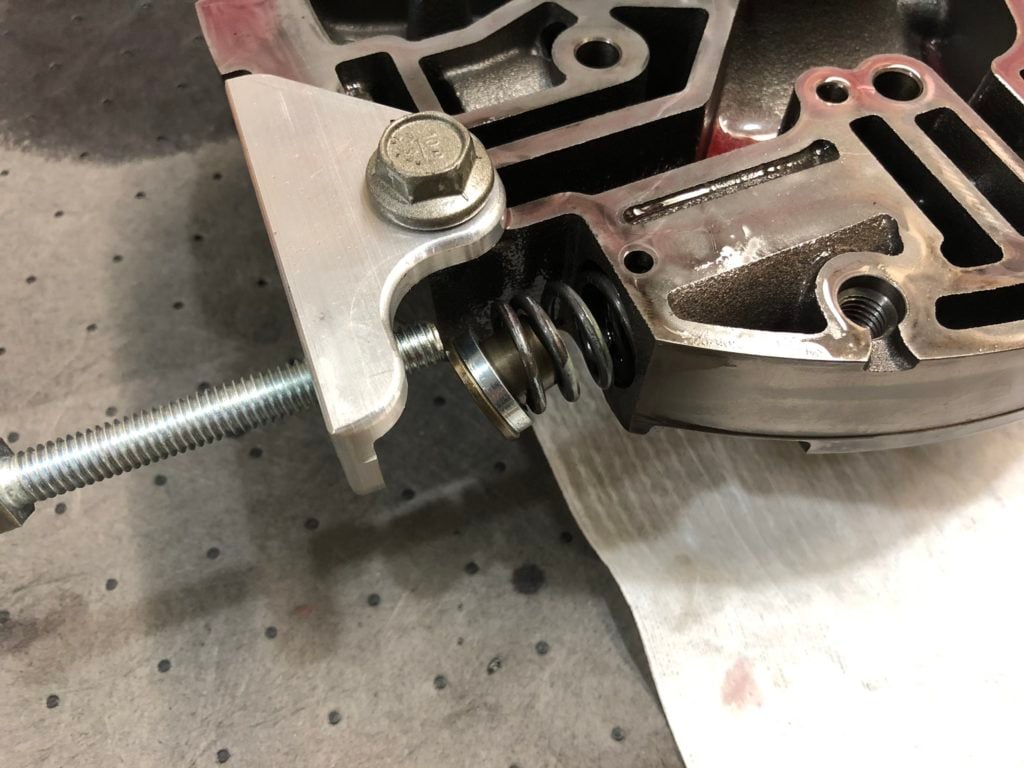
Miscellaneous Changes:
When you feed more power into an automatic transmission or run a higher RPM stall speed, you will naturally put more heat into the fluid, and running increased pressure can put a strain on your stock cooler lines and cause a leak. To help your trans run leak free and at a lower temp, some more upgrades are in order. Whether you have a stock or fully modified truck, a larger heat exchanger from PPE is a smart investment. It easily installs in the stock location but is 60% more efficient and can lower your fluid temp by 20-30˚. Next, the stock cooler lines need to go, since there are several crimped connections between hardline and rubber which are prone to leaking. The more reliable one-piece hydraulic style cooler lines from Fleece can be swapped out in an afternoon and will keep the hot fluid where it belongs. Finally, to add a little more capacity and shed a bit more heat, a deep aluminum transmission pan caps off the build. It will hold another 4.5 quarts of fluid and has a finned design which radiates heat away from the fluid.
10-Speed Allison:
After an 18-year run with the A1000, GM decided to retire the six speed at the end of the 2019 model year, and in its place, they introduced a 10-speed automatic called the 10L1000. While it does still say “Allison” on the side of the trucks, it’s really manufactured by GM, and Allison supplies the name and controller. It’s too early to tell how well these transmissions will hold up to an increase in power since the new 2020HD body style only went on sale in June of this year, and not many owners have modified their trucks yet, but so far experts suggest the internal parts are larger than ever, and things look promising for the new transmission.
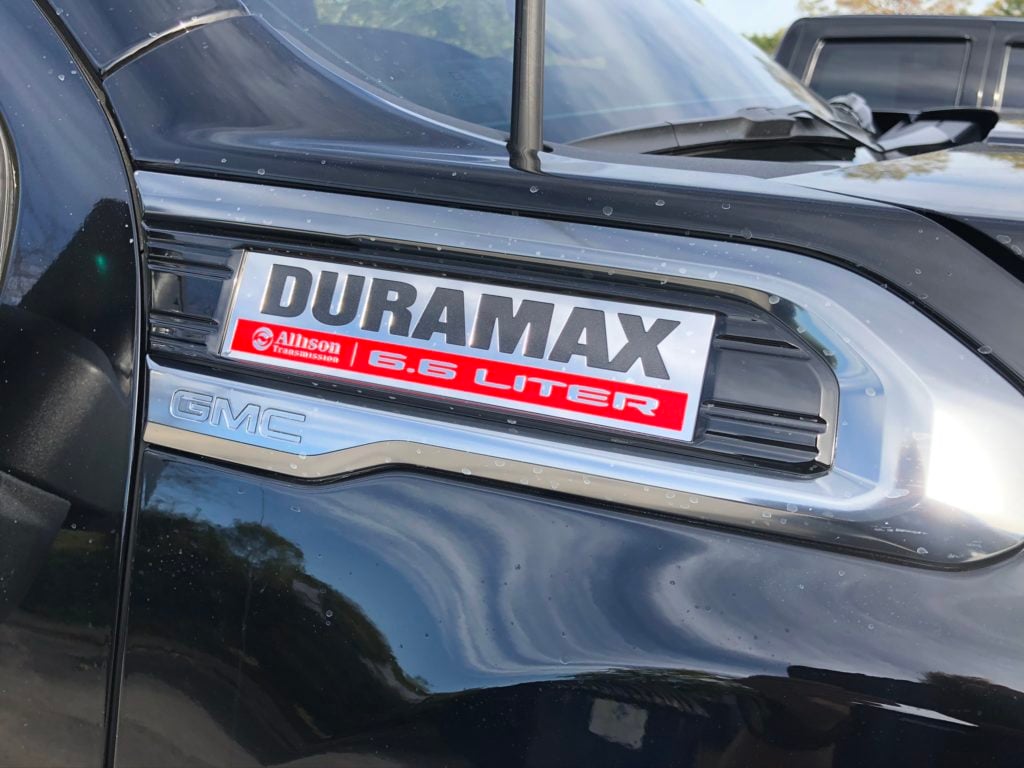
Shortcomings?
For 99% of Duramax owners, the Allison transmission is going to work great. Of course, you’ll have to upgrade it with a few different parts on the inside, but that’s just a fact of life when it comes to modifying diesel trucks, whether you drive Ford, GM, or Dodge. Lucky for us GM guys, there are plenty of aftermarket parts available for the Allison, and it can be built to hold nearly any amount of power you can throw at it. However, if you’re in the one percent of users in extreme racing conditions needing the fastest shift possible, the Allison does have some shortcomings. Due to its clutch to clutch design, the timing of the shift is very critical, and not as fast as some racers would prefer. If the gear change happened too quick, it would result in a tie-up where one clutch is engaging before the other is fully released, putting the transmission into a bind, and potentially breaking parts. While some racers swap out an Allison for a 48RE, the reality for the other 99% of users is the A1000 is a bombproof transmission and will handle any amount of torque you want to throw at it.

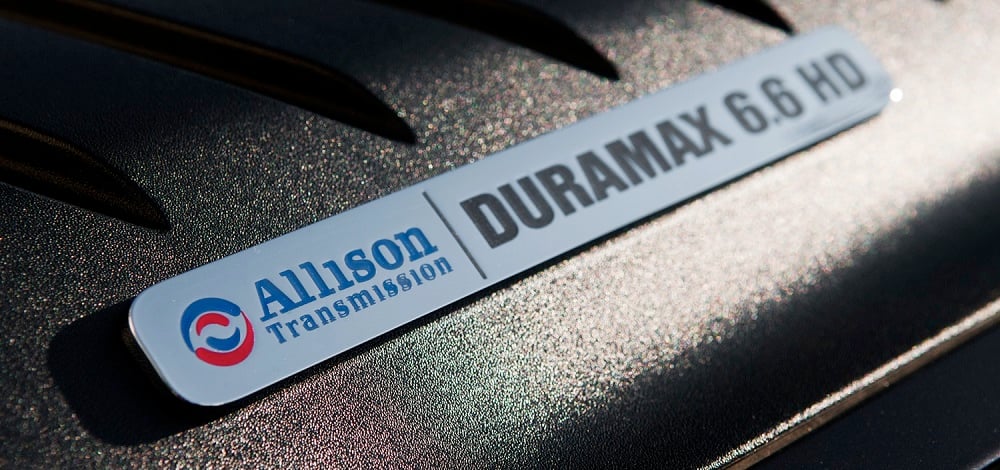
Can I buy the new Allison and is there a stand alone to use tranny in my cummins conversion.
I’m not aware of anyone making a stand alone for the new 10-speed Allison as of yet, however, there are several companies that build adapters and controllers for the previous 6 speed Allisons.